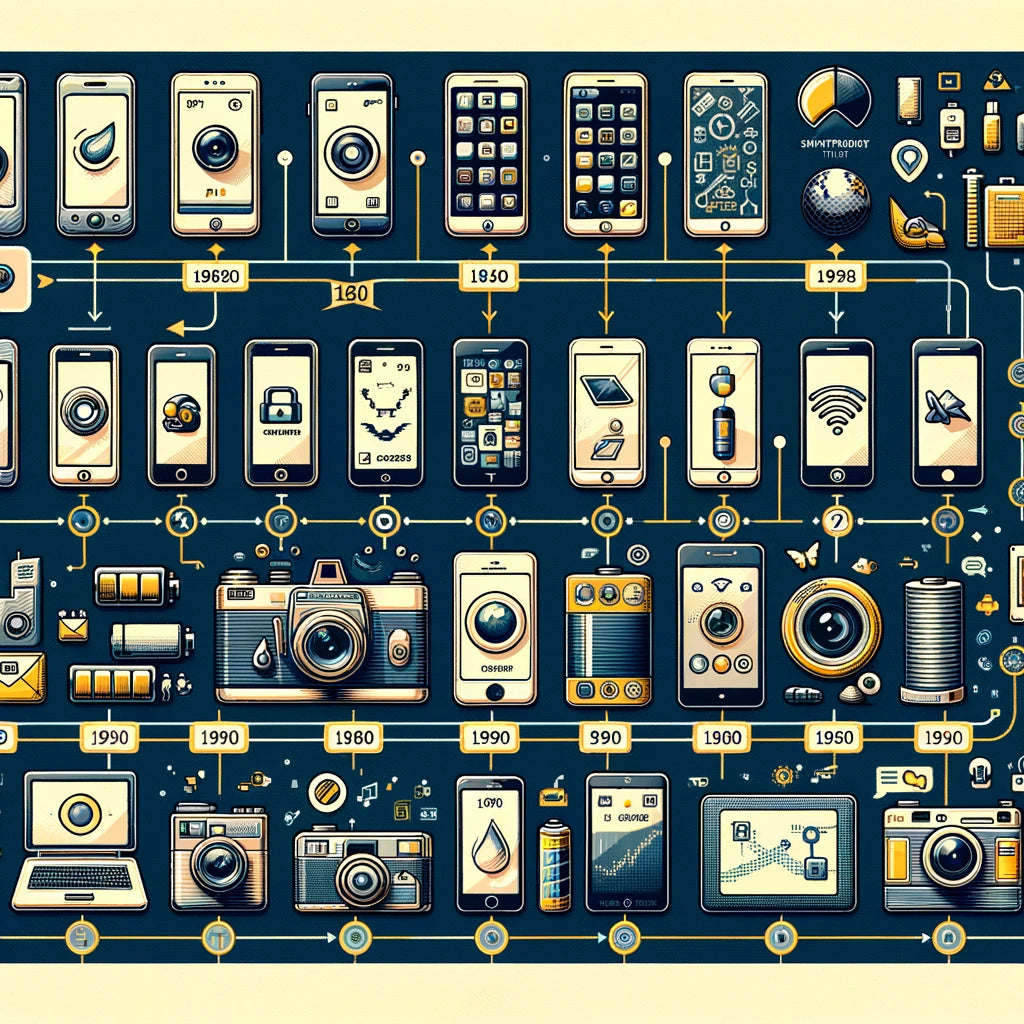
The Evolution of Smartphones: From Function to Phenomenon
The journey of smartphone technology is a testament to human ingenuity and our relentless pursuit of advancement. What began as a mere tool for communication has transformed into a cornerstone of modern life, integrating a plethora of functionalities that extend far beyond making calls and sending messages. This evolution has been marked by significant milestones in camera technology, battery life, and software development, reshaping our interaction with technology and with each other.
The Dawn of the Smartphone Era
The introduction of the first smartphone revolutionized the concept of communication, merging the functionalities of a mobile phone and a PDA. These early devices, while groundbreaking, were limited by their technology, offering basic applications and rudimentary internet access. The real transformation began with the advent of smartphones that combined touchscreens, internet connectivity, and multimedia capabilities, setting the stage for an explosion of innovation.
Camera Advancements: A Focus on Quality
One of the most conspicuous trends in smartphone evolution is the dramatic improvement in camera quality. From the first camera phones capable of capturing grainy images to the latest models boasting multiple lenses and capabilities rivaling professional cameras, smartphones have democratized photography. Today, features like optical zoom, night mode, and AI-enhanced imaging allow users to capture stunning photos and videos, turning every smartphone owner into a potential photographer or videographer.
Battery Life: Powering Through the Day
Battery technology has also seen significant advancements, addressing one of the most persistent challenges in mobile technology. Early smartphones were notorious for their short battery life, often struggling to last through a day. The development of more efficient processors, energy-saving software features, and higher-capacity batteries has significantly extended smartphone longevity. Innovations such as fast charging and wireless charging have further enhanced user convenience, making smartphones more reliable than ever.
Software: The Soul of the Smartphone
The evolution of smartphone software has perhaps been the most transformative. Operating systems like Android and iOS have gone through numerous iterations, each adding layers of functionality, security, and user-friendliness. The app ecosystem has exploded, enabling everything from mobile banking and online shopping to gaming and social networking. Moreover, advancements in AI and machine learning have made smartphones smarter, assisting users with a range of tasks and personalizing the user experience.
Looking Ahead: The Future of Smartphones
As we look to the future, it's clear that smartphones will continue to evolve, becoming even more integrated into our daily lives. Emerging technologies like foldable displays, 5G connectivity, and augmented reality (AR) promise to unlock new possibilities, further blurring the lines between the physical and digital worlds. However, as smartphones become more powerful and versatile, considerations around privacy, security, and digital wellbeing become increasingly important.
The accompanying image captures the essence of this remarkable journey, illustrating the key milestones in the evolution of smartphones. From bulky, feature-limited devices to sleek, powerful machines that fit in our pockets, smartphones have come a long way, continually reshaping the landscape of personal technology.
As we embrace the innovations yet to come, it's exciting to ponder how smartphones will continue to evolve, shaping our interaction with technology and the world around us. The evolution of smartphones is not just a story of technological advancement but a narrative of how innovation can profoundly impact human life, connecting us in ways we could never have imagined.
